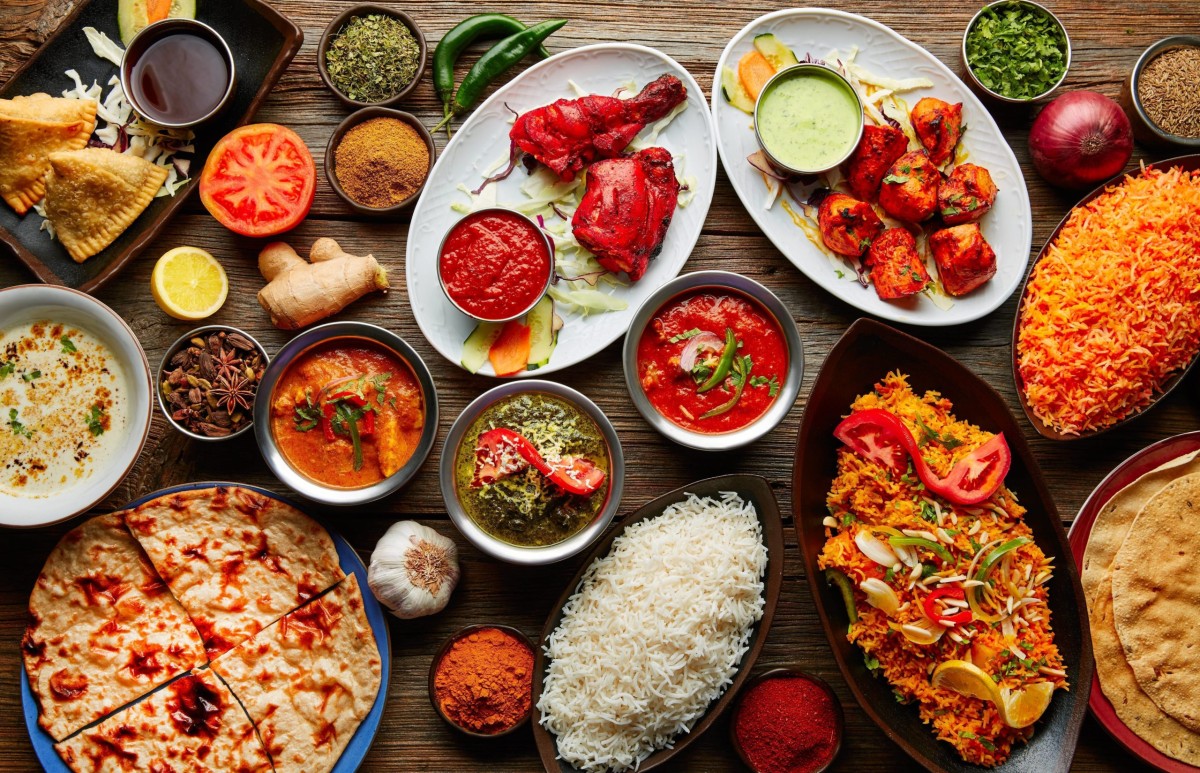The food industry in India has seen a major shift in the last decade with the emergence and growth of the ready-to-mix food segment. With changing lifestyles and increasing number of working women and nuclear families, demand for convenience foods has grown exponentially. Ready-to-mix food products offer versatility, convenience and time-saving benefits to the busy urban population. Several factors have contributed to the rise of the ready-to-mix food industry in India.
Growth Drivers
One of the key drivers of growth has been rapid urbanization and increasing disposable incomes. As more people move to cities for work and education, reliance on ready Kitchen products has increased due to lack of time for cooking. According to reports, the urban population in India is expected to reach over 600 million by 2030 creating further opportunities in this space.
Secondly, increasing participation of women in the workforce has boosted demand for convenience solutions. With women juggling between home and career, time-saving food options have become crucial. Products like premixed soups, pasta mixes, baking mixes etc allow easy cooking even on busy days.
Thirdly, exposure to international cuisines and flavours through globalization has expanded customer tastes. Ready mixes allow experimenting with global recipes with minimal efforts. Food companies creatively package global recipes as mixes catering to evolving food preferences in India.
Fourthly, growth of modern retail and e-commerce has enhanced availability and accessibility of ready mixes across the country. Products now reach small cities and towns easily boosting the overall market size.
Key Product Segments
Based on product types, the India Ready To Mix Food can be segmented into:
Baking Mixes – This includes cake mixes, muffin mixes, pancake mixes, bread mixes etc. With long shelf-life, these mixes see steady demand both from households and bakeries.
Dhal/Pulses Mixes – Ready-to-cook mixes of moong dhal, chana dhal etc. allows quick preparation of traditional Indian dishes with minimal effort.
Meat Mixes – Pre-blended meat marinades and coatings in powder form for tandoori pieces, kebabs etc. see growing demand.
Snack Mixes – Savoury premixes for snacks like bhujia, sev, fried rice flakes etc are popular.
Soup Mixes – Dehydrated mixes of tomato soup, veg soup, corn soup etc which just require boiling water for preparation.
Pasta/Noodles Mixes – Pasta sauces, noodles seasoning powders, pasta mixes make global cuisine accessible.
The Indian ready-to-mix is highly fragmented with both large FMCG players and several regional and local companies competing for market share. Some of the major players in the organized ready-mix in India include:
– MTR Foods – A leading player offering a wide range of baking, snacks and meal mixes.
– ID Fresh Food – Popular for its range of baking mixes, pasta mixes, spice mixes etc.
– S Affron – Specializes in spice and baking mixes and has a pan India presence.
– Fonterra Future Dairy – Its Farmlite brand has a sizeable share in meal and dhal mixes segment.
– ITC Limited – Its Aashirvaad atta mixes, soup mixes enjoy strong demand.
– GSK Foods – A pioneer offering sooji and pulses mixes among other products.
– PepsiCo – Entered the segment with Quaker Oats porridge and baking mixes.
– IDEAHOUSE – Specializes in gluten-free baking mixes, pancake mixes etc.
– NDR Foods – A regional player dominant in Maharashtra with pasta sauces and mixes.
The Ready-to-Mix Foods is witnessing both organic growth of existing players as well as entry of new private labels and regional players leveraging the opportunity. Companies are launching new SKUs, expanding distribution networks and ramping up marketing initiatives.
Industry experts foresee the ready-mix food segment in India to grow at over 15% annually to reach $5 billion by 2025 driven by changing lifestyles and consumer preferences. Product innovation, expansion into Tier 2/3 cities, partnerships with e-commerce platforms and organized retail are some of the key focus areas for players. While metro and mini metros will continue leading demand, smaller cities and towns will be the new hotspots. The competitive intensity is also expected to increase with regional and private labels strengthening their footprint nationally. With supportive demographic and economic factors, India’s ready-mix food revolution is poised for robust growth well into the future.
*Note:
1. Source: Coherent Market Insights, Public sources, Desk research
2. We have leveraged AI tools to mine information and compile it




